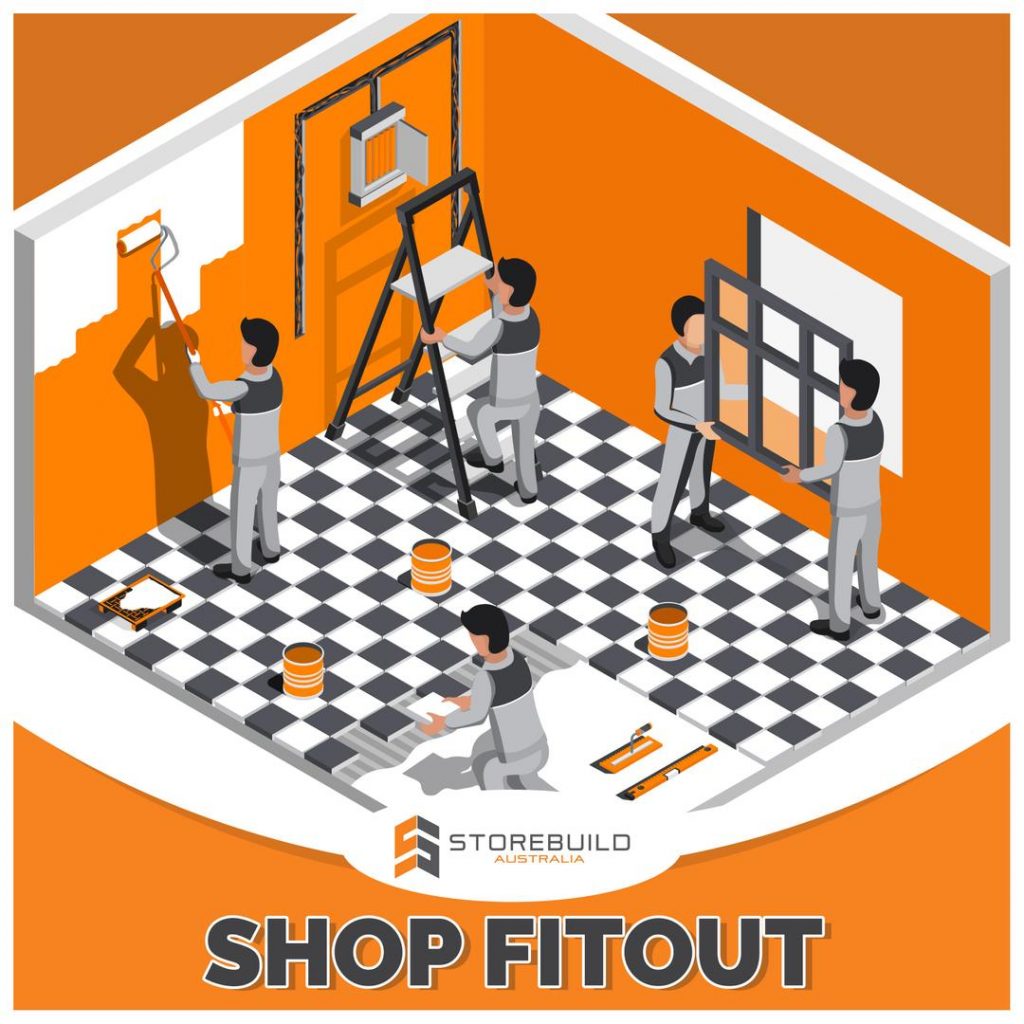Within the challenging world of retail, the manner a store looks and feels can considerably influence its performance. A well-planned retail fit-out is crucial for building an environment that not only attracts customers but also enhances their retail experience. Grasping the concepts of color psychology can be a deciding factor in this aspect, shaping everything from customer mood to purchasing behavior. As retailers seek to gain a foothold, picking the right colors and materials is an important part of the design process.
The following article will examine the various elements that factor to efficient retail fit-outs, leading you through the significance of intentional design, from planning to completion. We will address how a engaging store layout, effective use of lighting, and intentional color selection can not only enhance your brand but also propel sales and promote customer engagement. Whether you are planning a total renovation or merely looking to revitalize your space, our comprehensive approach will make certain you make informed decisions that benefit your business in the end.
Grasping Commercial Space Design
A retail fit-out is the process of arranging and outfitting a commercial space to guarantee it meets the operational and visual needs of a company. This includes everything from the configuration of the shop to the selection of decor, furnishings, and color schemes. The objective is to create an environment that boosts the shopping experience and aligns with the company’s identity. By thoughtfully planning each element of the fit-out, retailers can promote customer engagement and encourage purchases.
The significance of a commercial fit-out is paramount. It not only influences the overall customer experience but also has a vital role in branding and marketing. A well-executed fit-out can create a lasting first impression, making it necessary for businesses aiming to be unique in a challenging market. Additionally, a skilled fit-out can optimize space and increase operational efficiency, leading to boosted sales and customer satisfaction.
In past years, commercial fit-out trends have changed, placing more emphasis on eco-friendliness and technology integration. From eco-friendly materials to innovative tech, modern fit-outs are designed with the future in mind. As companies adapt to evolving consumer preferences, comprehending the subtleties of retail fit-outs becomes crucial for success. By leveraging cutting-edge design strategies, companies can create spaces that not only draw in customers but also respond to the constantly evolving commercial landscape. ### Designing for Success

An effectively planned commercial space establishes the groundwork for a flourishing commercial ecosystem. Success is anchored in grasping the preferences and behaviors of customers while designing the space. This requires developing a configuration that fosters discovery and involvement, utilizing strategic placements of products, and maintaining unobstructed pathways. By examining how customers interact with products, retailers can design a space that maximizes accessibility and facilitates buying choices.
The psychology of color is significant in retail design, influencing the emotions of consumers. Choosing the best colors can evoke feelings ranging from excitement to calmness, which influences customers' perceptions of the brand and their overall shopping journey. For instance, warm colors like crimson and tangerine can drive spontaneous buying, while soothing shades like blue and green can foster an environment of serenity and confidence. By choosing hues that resonate with brand identity and customer expectations, retailers can create an inviting atmosphere that enhances customer satisfaction.
Moreover, including brand elements in the store layout is imperative for establishing a seamless retail narrative. This entails the use of brand marks, thematic features, and color palettes that reflect the brand's values and mission. A singular and unified brand identity not only strengthens brand awareness but also cultivates shopper allegiance. By aligning Retail Fit Out Devon of the store, from visual merchandising to signage, with the brand's image, retailers can forge a deep bond with their customers and promote loyal patronage.
Budgeting and Eco-Friendliness
Planning for a store renovation can be challenging, especially when aiming to incorporate sustainable practices. It's crucial to begin by determining your total budget and setting aside funds for sustainable materials and practices. While initial costs for eco-friendly options may be more expensive, they often lead to future savings through reduced energy consumption and lower maintenance costs. Prioritizing sustainability can improve your brand's reputation and attract to eco-aware consumers, making it a worthwhile investment.
To keep costs manageable, consider selecting local suppliers for eco-friendly materials to lower transportation expenses and environmental impact. Additionally, integrating smart technology can improve energy usage, which can further lower operational costs. Evaluating various financing options, such as green loans or financial aid for sustainable initiatives, can also ease budget constraints and provide financial support for eco-friendly improvements in your store.
Finally, establishing a clear goal for sustainability within your fit-out can assist guide your choices throughout the process. Regularly revisiting your budget, making sure you stay on track while accommodating new and green practices, can lead to a successful fit-out that not only meets your financial goals but also is consistent with a commitment to environmental responsibility. This approach will connect with clients and build trust, making your business more robust in a competitive market.
